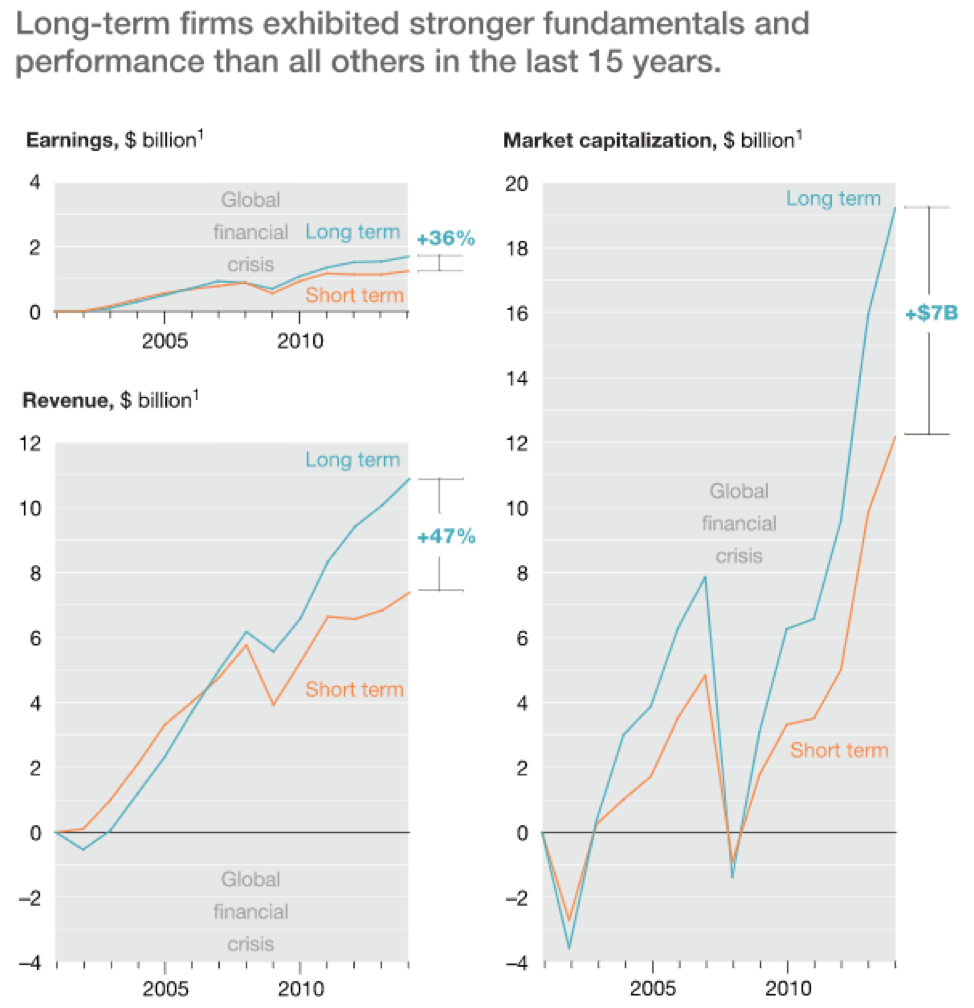Effective Business Planning Improves Your Bottom Line
For the last five years, we have been told that we are living in volatile times of mass disruption and destabilization – at least that is what business publications have been saying.
Then, 2020 happened.
Now that we are experiencing true volatility, real adjustments need to be made and forward-thinking business leaders are moving to restart strategic planning practices. But, as with many things during the pandemic, planning exercises have altered substantially to account for their increased urgency:
- Successful businesses are learning to become agile and responsive – instead of being entirely reactive.
- Planning has become an ongoing practice instead of an annual one-and-done event.
- Planning as a management tool is finally developing into a scenario-based activity that includes real-life simulations and situation mapping for true recoverability.
Let us look at why formal planning is more important than ever.
The Importance of a 3-5 Year Plan for Recoverability and Growth
McKinsey analysts tracked the earnings, revenue, and market capitalization of organizations for the years before, during, and after the famous Great Recession of 2008. They found that those companies with long-term plans and tangible, measurable goals outperformed those without – in all three areas.
Source: McKinsey & Company
Another reason commercial ventures should prioritize planning right now: it is effective. Experts from The American Society for Public Administration recently conducted a meta-analysis that determined that strategic planning impacts organizational performance “significantly, moderately, and positively.”
Woolf Distributing, a building materials wholesaler and Old National Bank commercial banking customer, is a real-life example of this effectiveness. The company conducts annual planning meetings where team members review the previous twelve months. Based on that review – as well as current challenges and opportunities – they then reforecast the next three to five years.
By prioritizing this session, the Woolf Distributing leadership incorporates all departments (including sales, operations, and finance) into the process and plans for potential options and contingencies. They have found these conversations are fruitful in exposing alternatives that other departments and groups would not have contemplated.
In doing this exercise, team members had varying levels of experience with dramatically changing environments. Some team members were able to imagine scenarios that others would not have predicted. The practice prepared the group (and its subgroups) for all alternatives. Not surprisingly, the company never skipped a beat when the COVID lockdowns swept the world in March of 2020.
Why Planning Matters: Look to Others for Inspiration
Too often, business leaders wear blinders that restrict their perspective to tunnel vision. They stay hyper focused on their own industry headlines, professional peers, and competitive rivals. Three- to five-year business planning is the perfect opportunity to break out of this trap and observe brilliant, agile moves by other leaders in a wide variety of geographic markets and sectors.
For example, consider the French multinational, integrated Supermajor oil and gas company Total. Total executives observed their previous plans versus actual events, assessed consumer behavior, noted London’s headline-making goal of becoming carbon neutral within the next 30 years, and incorporated the intelligence into their strategic plans. Recently, the oil conglomerate acquired London’s largest and fastest-growing electric vehicle charging network.
Good planning allowed the energy company to be a first-mover where car manufacturers and other industry players could (and arguably, should) have tried to compete.
First Step: Committing to Business Planning
Proper strategic planning sessions take time and effort to prepare for and execute successfully. They require research, focused agendas, and a clear-eyed assessment of your business’ past successes and failures.
John M. Bryson, author of Strategic Planning for Public and Nonprofit Organizations (the most widely accepted textbook on organizational planning), defines strategic planning as the “...deliberative, disciplined effort to produce fundamental decisions and actions that shape and guide what an organization (or other entity) is, what it does, and why.” The term disciplined implies you will encounter distracting reasons not to prioritize 3-5 year business planning with your team.
Discipline and prioritization are necessary to make strategic planning part of your regular process. But strategic planning is worth it – whether it shows itself in improved productivity, an enhanced ability to pivot during market changes, or simply by assuring that you have the resources and vision to meet the unexpected.
Remember this as your company scales and current events heap on complexities. Fortify yourself with the people, tools, and resources you will need to plan your business’ future. A commercial banker near you can help – get in touch today. At Old National Bank, we can help turn your 3-5 year business plans into a 30-50 year reality.

